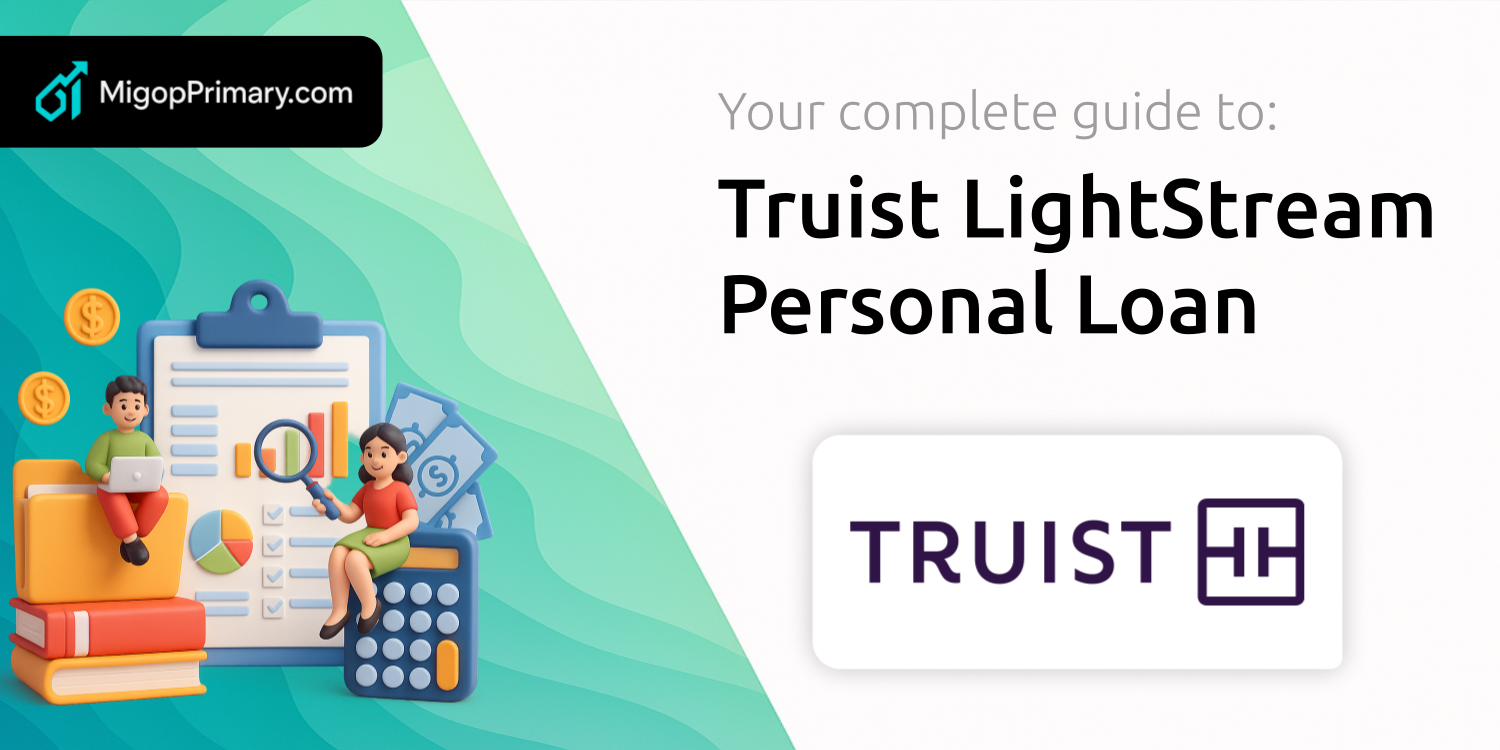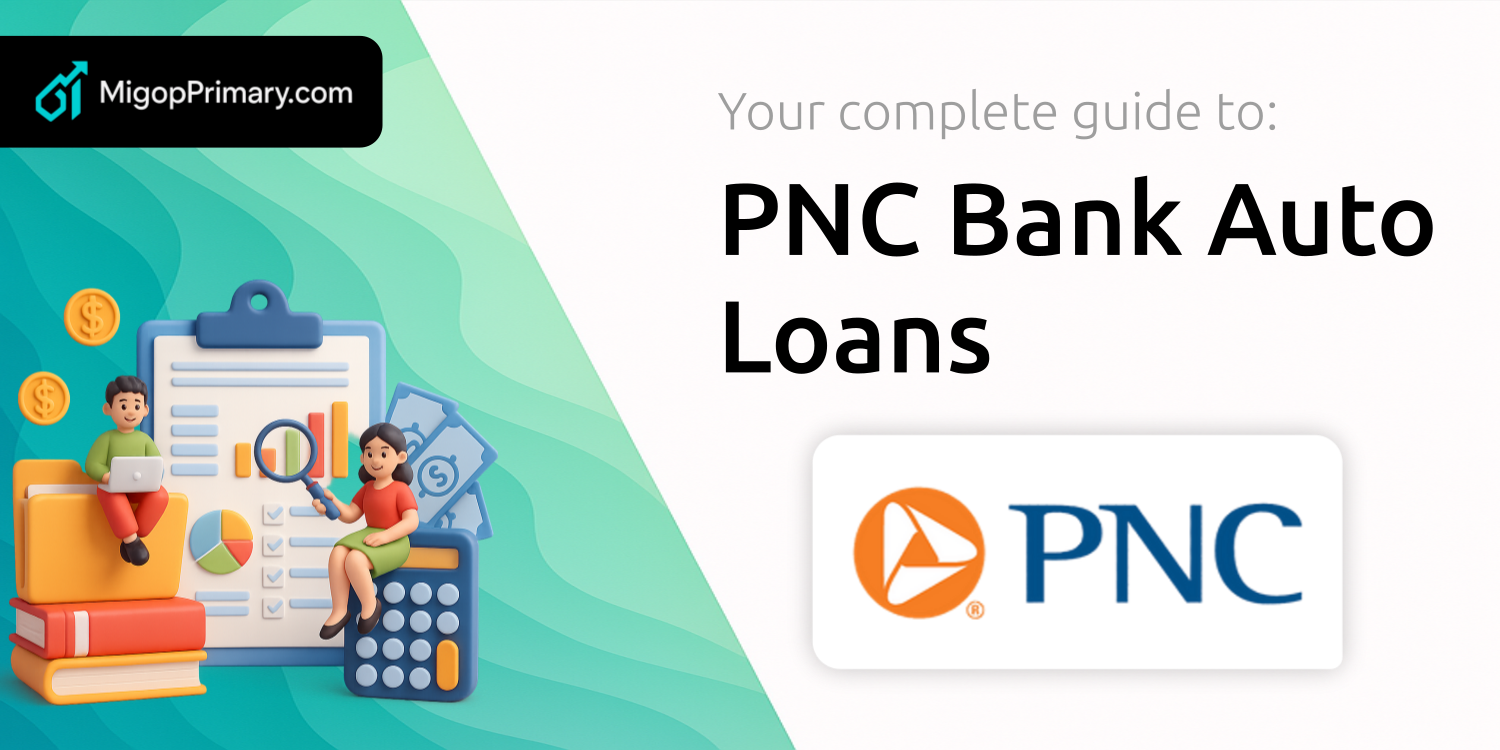
In an era where inflation, rate cuts, and evolving financial services redefine the savings landscape, optimizing your bank accounts has never been more crucial. Rather than letting your idle cash languish at the national average savings rate of 0.38%, modern consumers are embracing strategies that focus on make your money work harder across multiple platforms. By maximizing interest earnings and rewards, diversifying account types, and adopting cutting-edge tools, you can ensure that every dollar contributes to your long-term goals.
Today’s bank customers diversify across different financial institutions—leveraging high-yield accounts, certificates of deposit (CDs), and money market products from both traditional banks and nimble online challengers. As rate cycles shift in response to Federal Reserve moves, staying informed and agile is the key to capturing the highest returns. This guide will walk you through current options, actionable strategies, and practical tips to build a resilient, high-performing cash portfolio in 2025.
Savings accounts are often the first stop for cash reserves, but not all offerings are created equal. In July 2025, top high-yield savings accounts boast APYs ranging from 4.20% to 5.00%, a stark contrast to conventional brick-and-mortar rates. Institutions like Varo Money lead the pack with a 5.00% APY and no minimum deposit requirement. Axos Bank follows closely at 4.66%, while LendingClub and EverBank hover at 4.20% and 4.30% respectively. BrioDirect also offers 4.30% but requires a $5,000 opening balance.
By comparison, the national average of 0.38% underscores the importance of seeking out high-yield online savings accounts. These digital-first platforms achieve superior rates by maintaining lower operational costs. However, market dynamics—particularly Federal Reserve rate decisions—can trigger shifts in yields. Recent Fed cuts, aimed at stimulating growth, caused average savings rates to dip from 0.47% in March 2024 to today’s figures.
Certificates of Deposit remain an attractive option if you can afford to lock away funds for defined periods. Current best CD rates peak at 4.50% APY for medium-term tenors (12–18 months). While liquidity is limited during the term, CDs provide locking in competitive CD rates that protect your capital against rate declines in the near term.
Money market accounts blend the flexibility of checking with the benefits of higher yields. Though they may come with transaction limits or minimum balance requirements, these accounts serve as an ideal holding ground for funds you may need to access periodically without sacrificing interest.
Below is a detailed comparison of leading savings products:
Simply opening a high-yield account isn’t enough. To truly optimize, implement a multi-pronged approach that addresses rate variability, account perks, and overall efficiency. Begin by creating a map of your financial needs: emergency savings, medium-term goals, and discretionary spending. Allocate each bucket to the most suitable account type for a balanced portfolio.
Next, adopt a rhythm of regular reviews. Banks often adjust rates after Federal Open Market Committee (FOMC) meetings, which occur roughly eight times a year. By staying on top of these changes, you ensure you’re not missing out on higher yields or incurring unnecessary fees.
By layering these strategies, you build resilience against rate volatility, maintain access to cash when needed, and capture promotional incentives that banks frequently roll out to new or existing customers.
As accounts proliferate, managing multiple logins, transfer schedules, and rate comparisons can become overwhelming. Fortunately, today’s banks and fintech platforms offer robust tools that simplify this process and can even suggest optimal allocations automatically.
Artificial intelligence and machine learning algorithms crunch your spending data to forecast cash flow needs and recommend when to top up savings or shift funds between accounts. Alerts can notify you of looming minimum balance requirements, impending promotional expiration dates, or sudden rate drops, enabling you to act swiftly.
Key technological trends to watch include:
Embracing these tools eases the administrative burden, freeing you to focus on broader financial planning like investments or debt management, while your everyday cash automatically seeks the highest yield available.
Translating knowledge into action is the final step. Below are practical tips to weave optimization into your everyday financial habits, ensuring your cash is always aligned with your evolving goals:
By building these routines, you remove guesswork, keep pace with market dynamics, and ensure that your cash distribution remains optimized without constant manual intervention.
Optimizing bank accounts is both art and science—requiring disciplined execution of data-driven strategies and the adaptability to respond to economic changes. In today’s environment, where Fed policy and fintech innovations drive rapid product evolution, maintaining regularly reviewing your accounts is the cornerstone of financial agility.
Begin by auditing your existing cash holdings, open high-yield and relationship accounts suited to your needs, and leverage AI-powered tools to automate and monitor performance. Remember, the landscape will continue to evolve: banks will introduce new tiers, promotional offers, and digital features. Your role is to stay informed, assess options promptly, and adjust allocations to ensure that every dollar in your bank accounts is working as hard as possible toward a secure, rewarding financial future.
References













